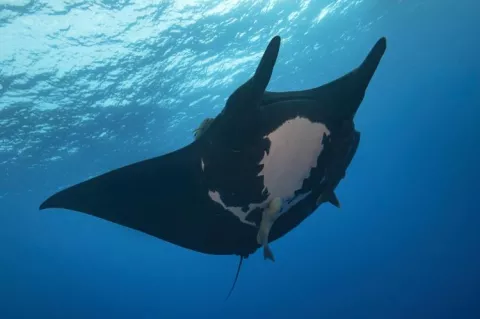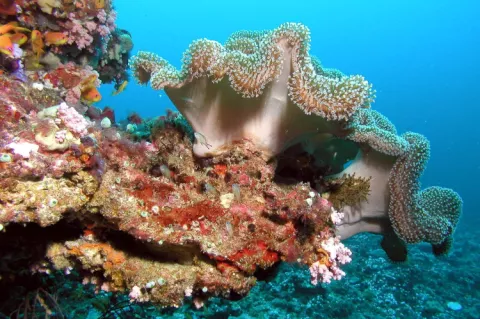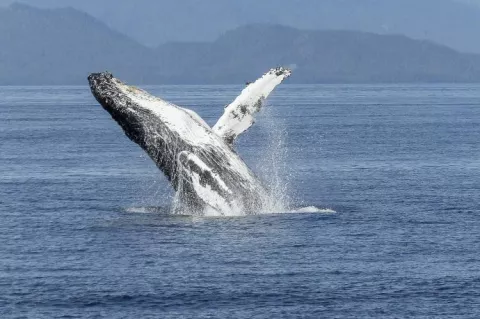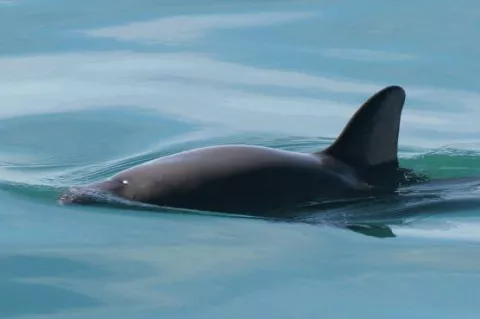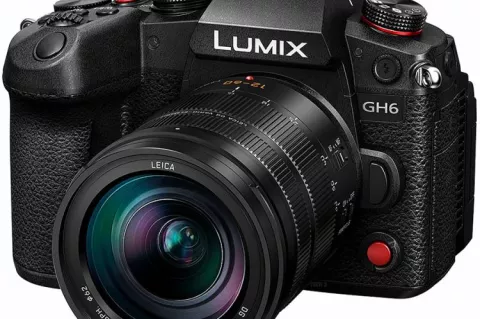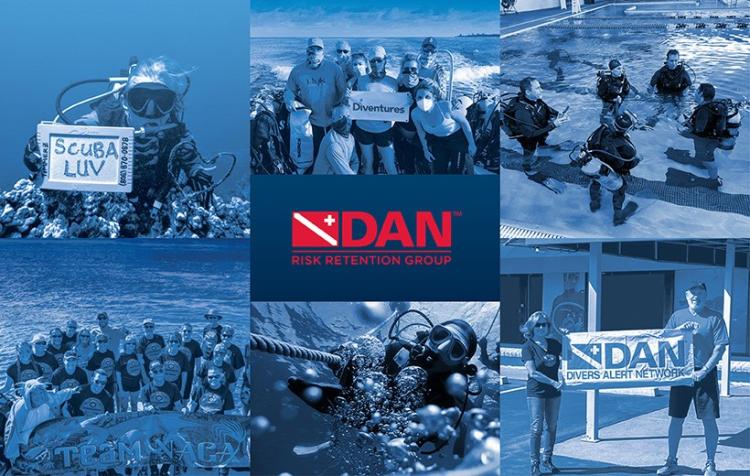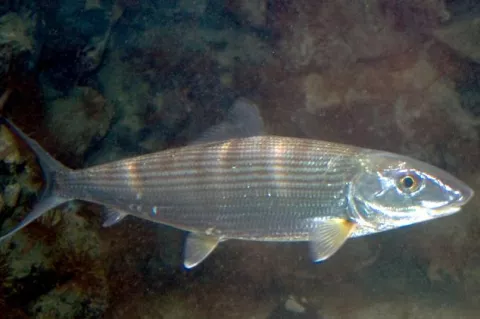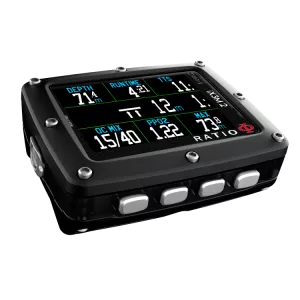How big is it? Drones assisting in manta ray research
A global breakthrough in recording manta ray information has been made by an Auckland University doctoral candidate. In a study entitled “How Big Is That Manta Ray?” published in Drones, Edy Setyawan outlined how a drone camera, with the addition of a PVC pipe in the ocean, can be utilised to accurately measure the world’s largest ray species. “I could see that from the drone there was some size variation, some mantas, they are bigger than the others,” said Setyawan. “It’s quite cheap using a small drone, but it can give us a big impact on manta ray conservation.”

